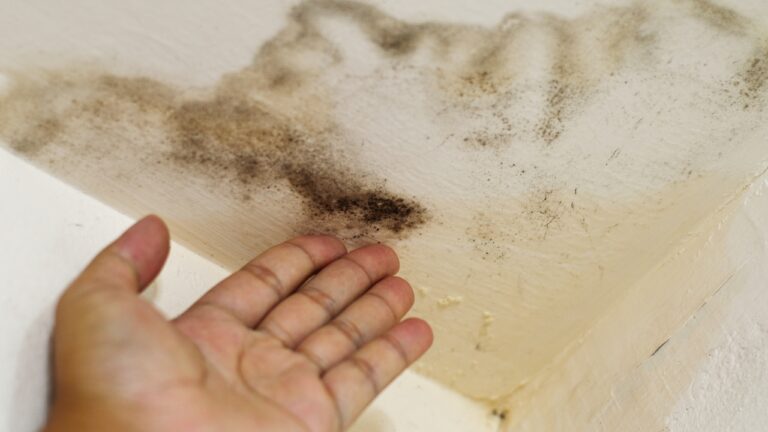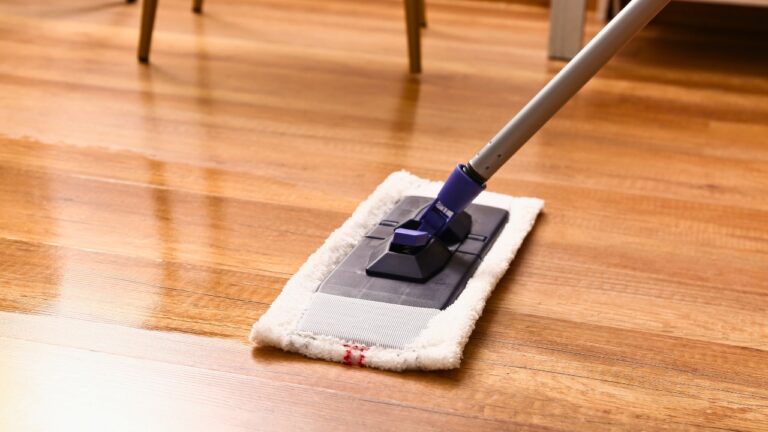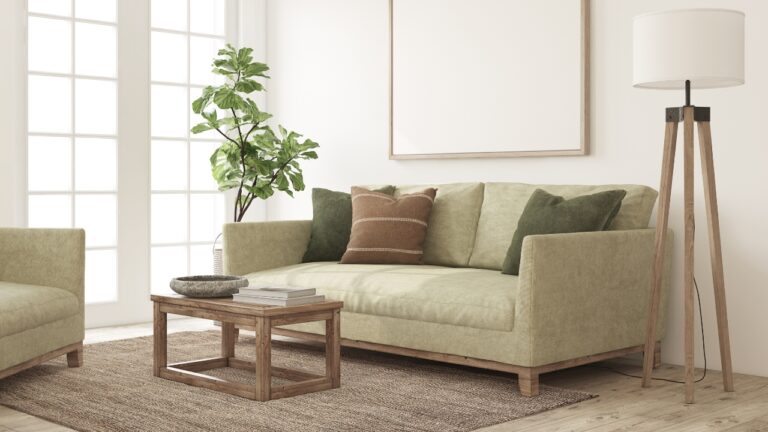10 Woods You Should Never Burn in Your Fireplace (And Why I Won’t Risk It)
Not all firewood is created equal. I used to think if it was dry and fit in the fireplace, it was fair game—but I learned the hard way that some wood can clog up your chimney, smoke out your house, or even release toxic fumes. Now I’m picky about what I burn. These are the types of wood I don’t mess with anymore, and exactly why I keep them out of my firewood pile.
Pine

Pine might be easy to find and smells nice at first, but it’s loaded with sap and pitch. That stuff builds up fast as creosote in your chimney, which is a serious fire risk. It also pops and crackles more, which sends sparks flying.
I learned to skip it completely for indoor use. If I’ve got some pine to get rid of, I’ll use it outside in a fire pit—never in the fireplace or wood stove.
Cedar
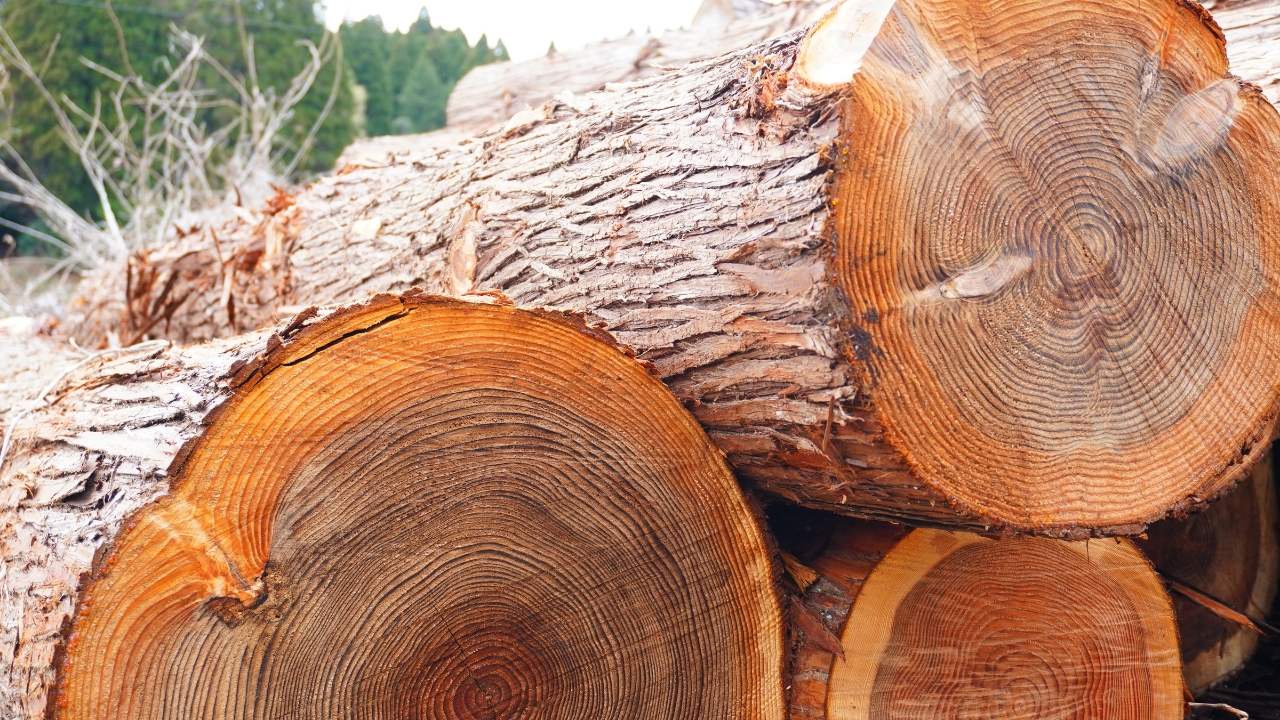
Cedar smells great, but it burns hot and fast—and it pops like crazy. Those sparks can fly out of the fireplace and land where they shouldn’t, especially if your screen isn’t secure.
I also noticed it leaves behind a lot of residue in the flue. It’s tempting to use because of the smell, but I don’t think it’s worth the mess or the risk.
Driftwood
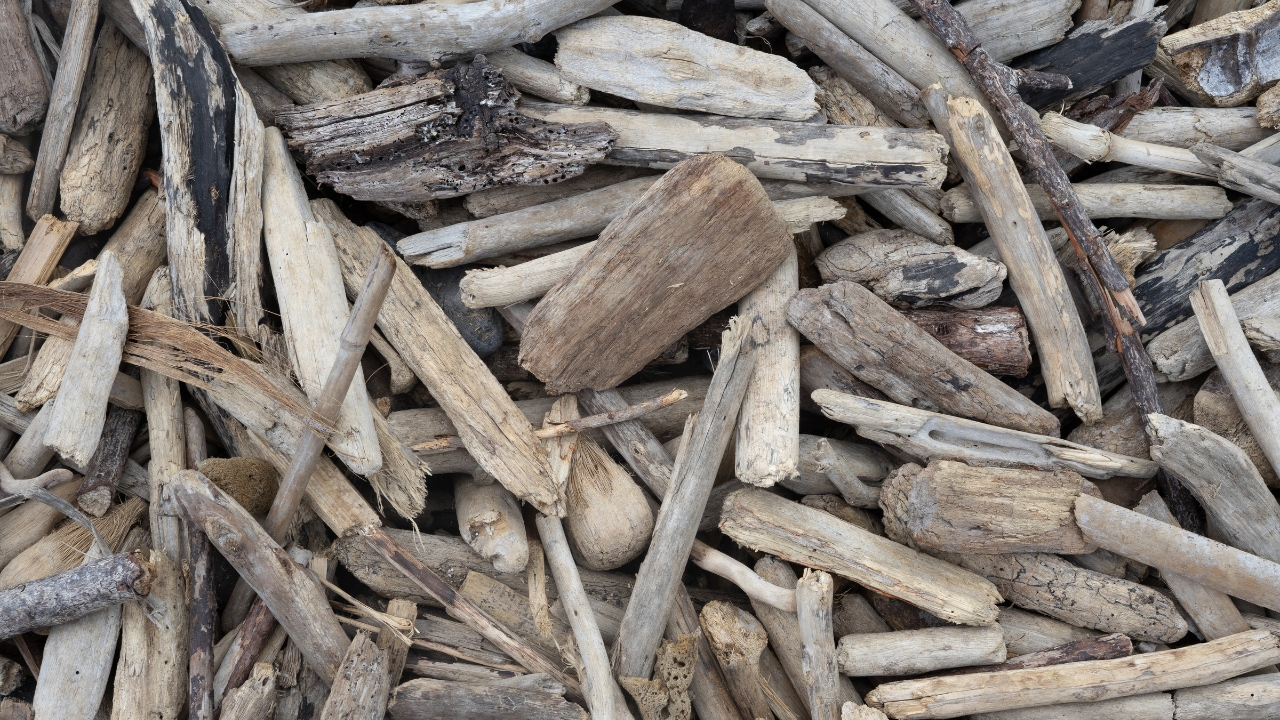
Burning driftwood might seem harmless, but it’s often soaked in salt. When that salt burns, it releases chemicals that are dangerous to breathe—especially indoors.
It can also corrode your stove or fireplace over time. Even if it’s dried out completely, I never use driftwood inside. It’s just not safe.
Painted or Treated Wood
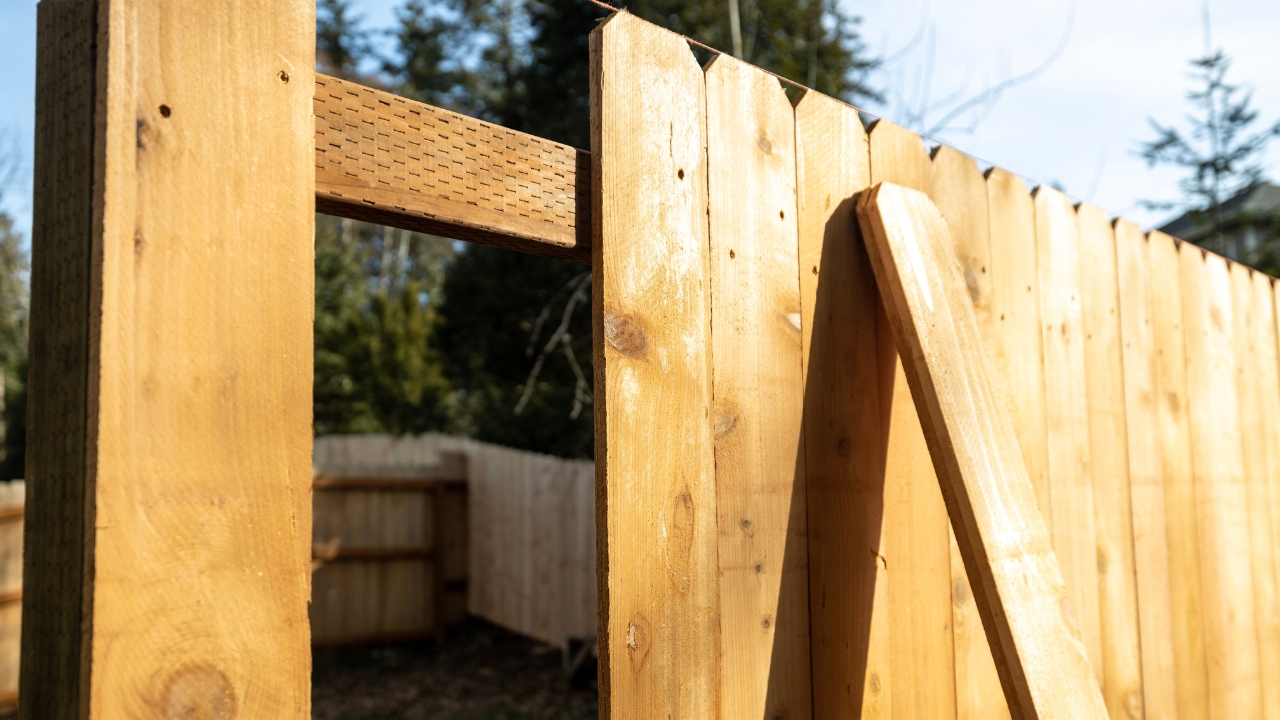
If it’s been painted, stained, pressure-treated, or finished in any way—it’s not firewood. Burning this kind of wood releases toxins you do not want in your house, especially if you’ve got kids or pets around.
Even old fence boards or leftover lumber from a project can be tempting, but I don’t mess with it. It’s better off in the trash than the fireplace.
Green Wood

Freshly cut wood—what most people call “green”—still has too much moisture in it. When you burn it, it smokes like crazy and barely puts off heat. Worse, it gums up your chimney fast.
I always season my wood for at least 6–12 months, depending on the type. If you can still see sap or it feels heavy and damp, don’t burn it yet.
Poplar
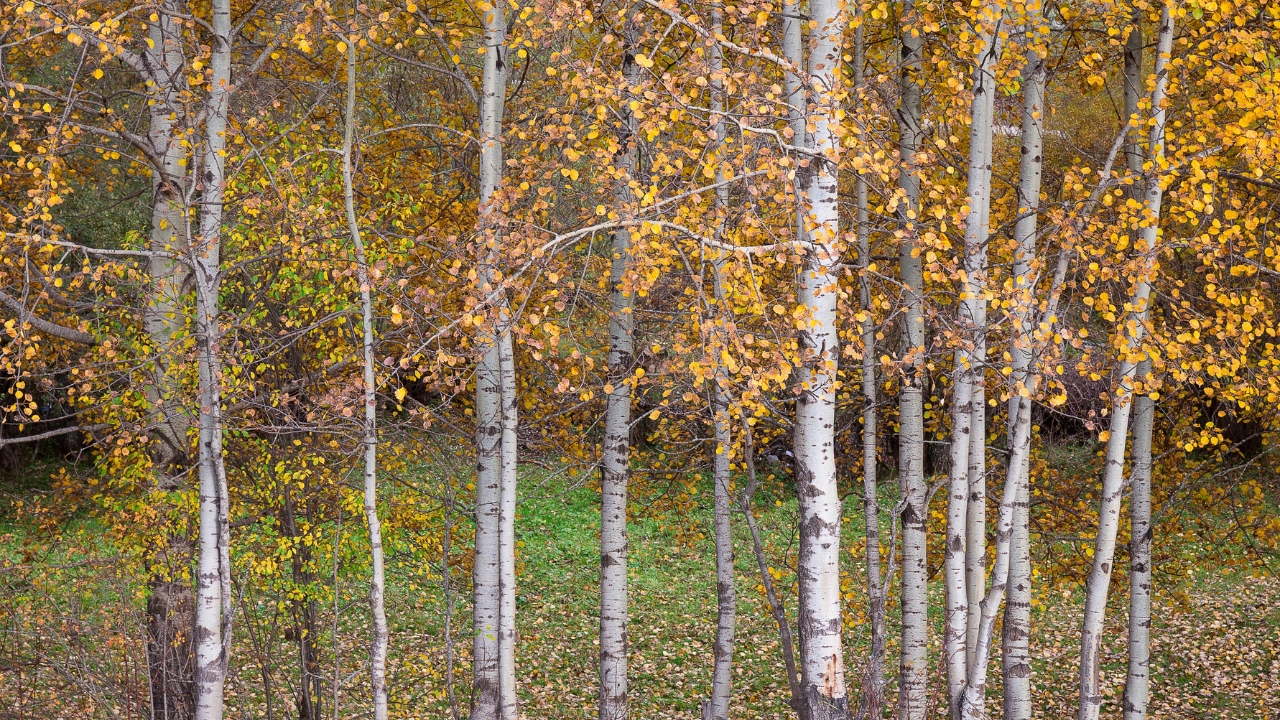
Poplar burns fast and leaves behind a lot of ash for the amount of heat it gives off. It also tends to spark, which makes it a little unpredictable in an open fireplace.
It’s not necessarily dangerous like treated wood or driftwood, but it’s inefficient. I use it for kindling now and then, but I don’t count on it for steady heat.
Oleander

Oleander is extremely toxic—even a small amount of smoke from burning it can make people or pets sick. Every part of the plant is poisonous, and the smoke is no different.
If you’re cutting back landscaping and come across this stuff, don’t even think about tossing it in the fire. Bag it up and get rid of it safely.
Willow

Willow burns cool and produces a lot of smoke. Even when it’s been seasoned, it doesn’t put off much heat. It also clogs up the chimney faster than most hardwoods.
If I’m trying to keep a fire going through the night, willow’s the last thing I’d grab. It’s more trouble than it’s worth and doesn’t give much in return.
Particle Board or Plywood

These aren’t solid wood—they’re held together with adhesives and resins that release toxic fumes when burned. The smoke can irritate your lungs and leave behind nasty residue.
Even if you’ve got scrap pieces lying around from a project, it’s best to resist the urge to toss them in the fire. I always haul them off to the dump instead.
Boxelder
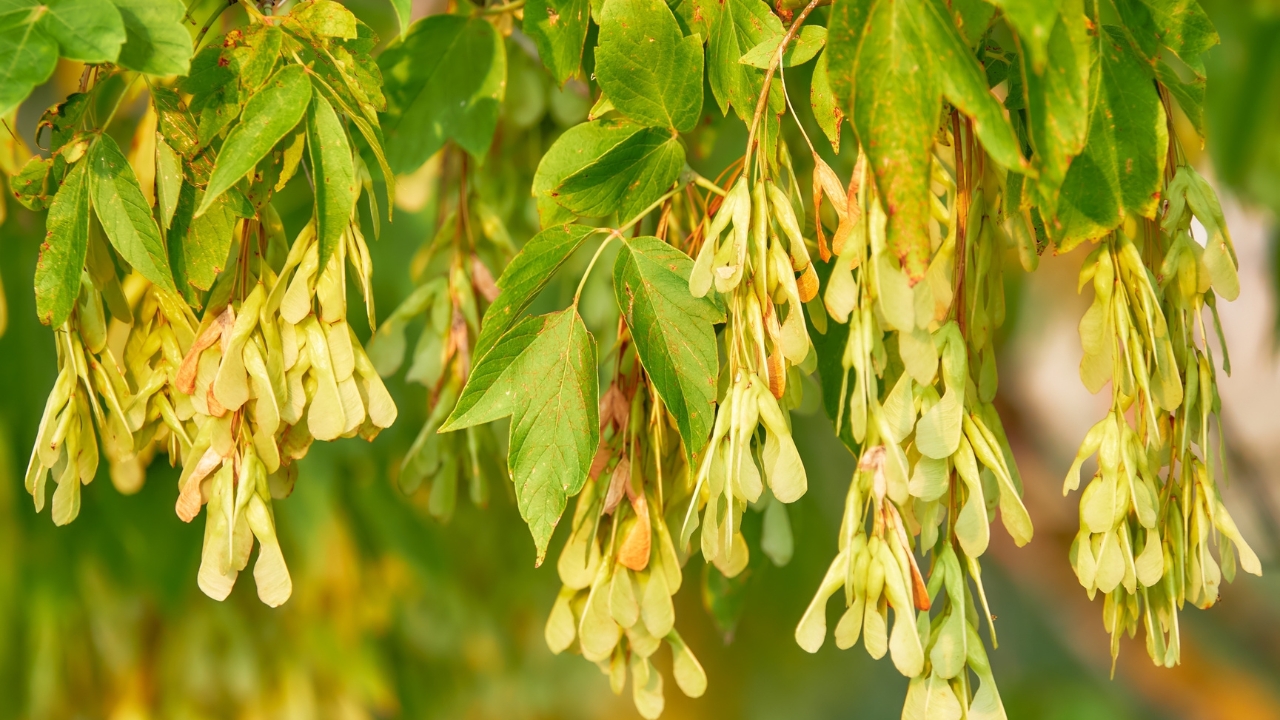
Boxelder is related to maple, but it’s soft, smokes a lot, and burns out fast. Even seasoned, it’s not great. It can crackle like pine, which isn’t ideal for indoor use.
I don’t go out of my way to collect it, and if it ends up in my stack, I keep it for outdoor fires only. It’s just not a good choice for the fireplace.
*This article was developed with AI-powered tools and has been carefully reviewed by our editors.


